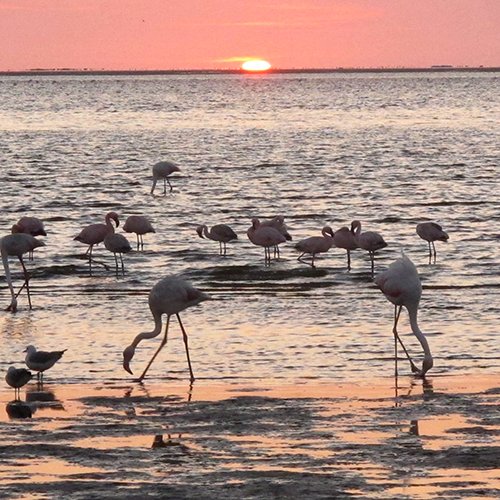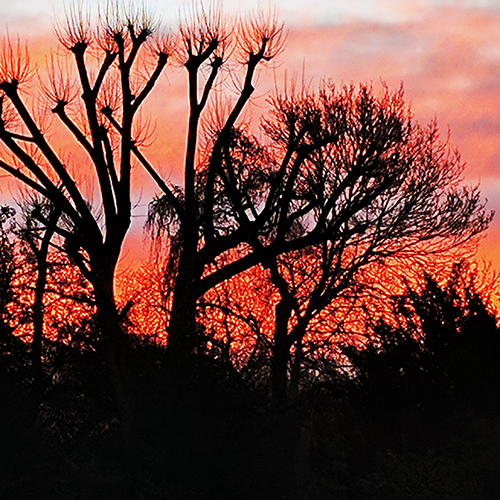
The behaviours and needs of nocturnal and crepuscular animals are often poorly understood, partly because they are not easily perceived by humans, due to our poor night vision and usual waking hours. As a consequence, less provision has been made for their welfare, compared with diurnal species, in both wild and managed environments.
One of the themes that emerges in our consideration of nocturnal species is the disparity between human requirement for light, in order to perceive the world, and the potentially negative impact this can have on species that have evolved to be active in the dark. Most work so far has focused on melatonin production, which affects circadian rhythm and can impact sleep patterns, food intake, immune function, activity budgets and reproduction.
Human artificial light pollution occurs in the wild, as populations spread across the globe, and it also happens in managed environments, such as domestic settings, laboratories, zoos and farms. In the context of farm animals, some research on lighting has been done with indoor-housed poultry. Meanwhile, rodents, such as hamsters, mice, rats, guinea pigs, are often kept as companion animals and some are used for research purposes, which implies that they are kept in conditions where they are ignored by humans during the night, and possibly kept in solitary enclosures. However, rodents are typically active at night, and many are highly sociable and inquisitive.
Zoo missions usually include education and entertainment, as well as promoting conservation and undertaking research, meaning that visitor experience is paramount. The challenge of providing visitors with the chance to view nocturnal species is often managed by creating a false indoor day-night system. Lights are kept on during the night and turned down during the day, to encourage the nocturnal animals to become active when visitors are present. However, this can give rise to welfare implications, as nocturnal animals are never able to go outside, because they are kept on a night reversal cycle opposite of the actual day-night cycle.
Another complication associated with indoor housing is temperature, because it also influences behaviour patterns in nocturnal species. For example, some armadillo species may be more active at night due to lower external temperatures. However, in many cases, provision of enrichment has been shown to reduce stereotypical and antisocial behaviours during evening hours.
We propose that there is a lot of potential for research and development in this area. Nocturnal animals are more adapted to tactile, auditory, and olfactory environments. Therefore, an opportunity arises to develop solutions using technology that help humans observe features and activities they are unable to see or hear very well themselves, and thereby gain insight and understanding about the nature of animals that thrive in a different time zone.


